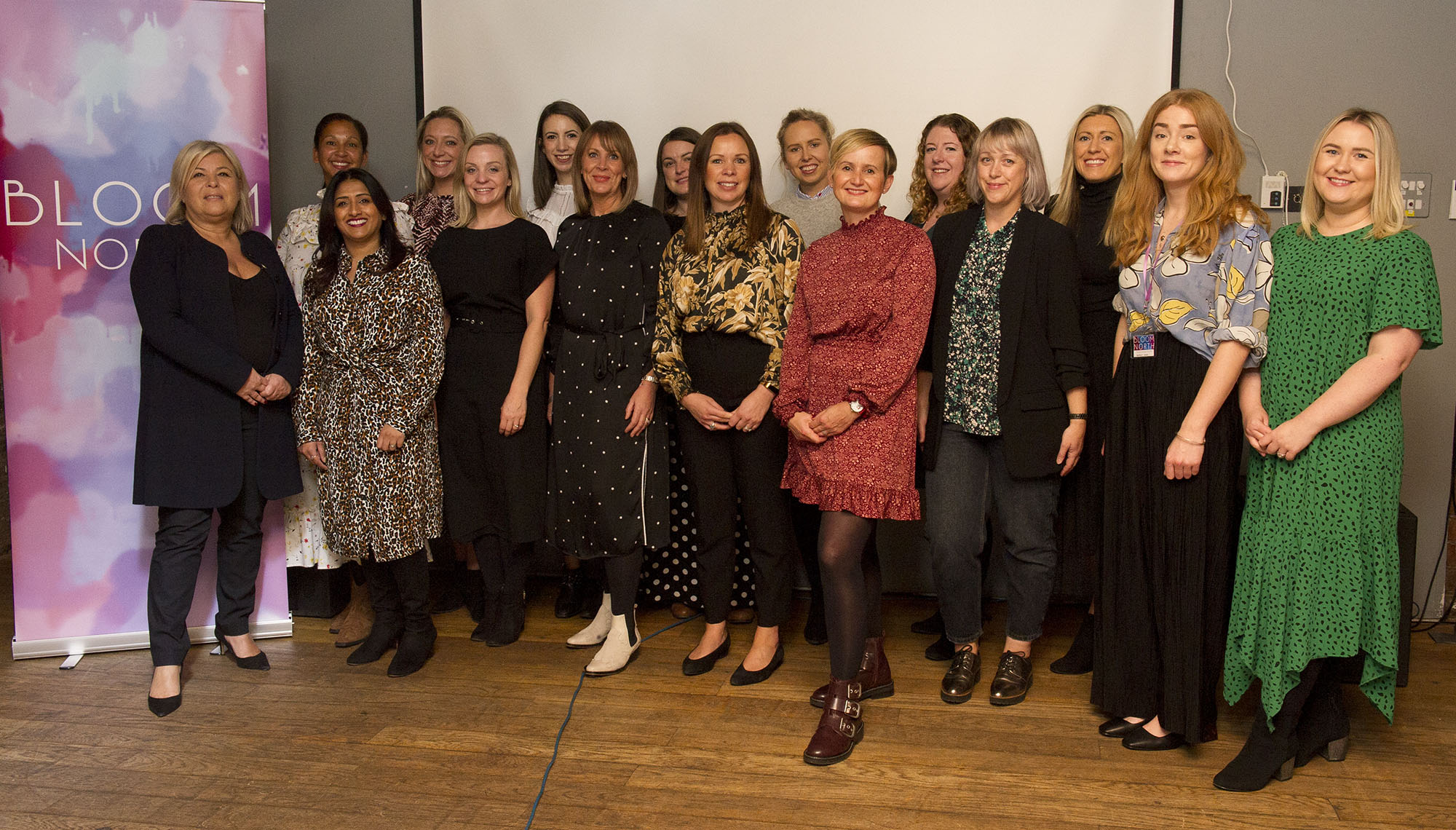
A pitch deck is essentially just a presentation made up of slides that detail your business plan or idea, and they are traditionally used to pitch to investors or prospective clients and customers. For example you might make a pitch deck that details your business finances to present to an investor, or you might design a pitch deck to advertise your marketing agency to a prospective client. They are commonly created using Powerpoint or Keynote.
Pitch decks are primarily used for face-to-face meetings, whether that’s by sharing your screen in a Zoom meeting or in the office, so it’s really important that the design is working as hard as possible for you to help maintain the highest level of engagement from your audience.
Of course, what should be included in your pitch deck will differ slightly as the objective of the deck changes, but there are some general guidelines you can follow to make sure your deck looks as professional and engaging as possible. So, what should your pitch deck include?
Give attention to visual hierarchy
When you glance at this blog, it’s likely you’ll see the title first, followed by the images on the page and then the subtitles and eventually the smaller text. That’s because as humans, we are more likely to give our attention to design elements that are larger in size.
This is important to keep in mind when designing a pitch deck because it means that you need to draw attention to the things you want people to remember. If you’re pitching to investors and want an impressive figure to stand out, you might try overlaying it on top of a brighter more contrasting colour, increasing the font weight and leaving plenty of white space around it. That way when the investor glances at your deck, their eyes will be drawn to that particular element.
Making use of visual hierarchy also matters in your copy. Because you know that the titles of each slide will be reviewed by your audience so they can get an understanding of the next part of your pitch, make use of the space and come up with powerful short headlines that are relatively easy to remember.
Explain things visually where possible
If you’ve ever worked in a busy spreadsheet, we’re pretty sure you know that staring at long lists of numbers isn’t always the most fun way to spend your time. Even if the numbers are really impressive. The same goes for your audience, so it’s best to look at ways to present data visually in your pitch deck. You can do this through use of an assortment of charts, infographics or iconography. When you present a complex idea simply through a visual like a chart or infographic, you make it easier for your audience to understand. And of course, the best pitches are the ones that most effectively communicate to the viewers.
Introduce new subjects with title slides
Nobody likes to sit through really drawn out presentations with no idea when the next brew break will be, so it’s a good idea to let your audience know where in the presentation they’re up to. Not only does it minimise any frustration, but it helps to recap important ideas that the viewers will need to take away with them.
To do that, you might consider starting your pitch with a clear outline of the subjects that will be covered in the form of a table of contents style visual. Then, when you’re introducing a new segment of your pitch i.e the finances, the team, or the overall brand mission, you can introduce it with a brand new slide. By using one slide to simply display a new heading for the next part of your pitch, you help to refocus the viewers on what’s coming next.
Check the contrast of your copy
It’s really important to remember that your pitch deck will need to be viewed by everyone in the room clearly, even those on the very back row. To do this successfully, make sure to use a font size and weight that is appropriate for your setting. It’s also important to consider the colour of your font against the colour of the background of your slide. Using a tool such as a font contrast checker will help you to determine if your copy will be easy to read for every viewer.
Remember that through all of these steps, the best thing you can do is prioritise the clear and effective communication of the message you’re trying to convey to your audience. Use the time to build up brand awareness by sticking closely to your brand guidelines, incorporating all the same fonts and colours that your prospective investor or client can expect to see through every other piece of marketing collateral that represents your brand. If you’d like a professional graphic designer to help produce stunning pitch decks for you and your team, make sure to check out Design Cloud’s graphic design subscription plans.









